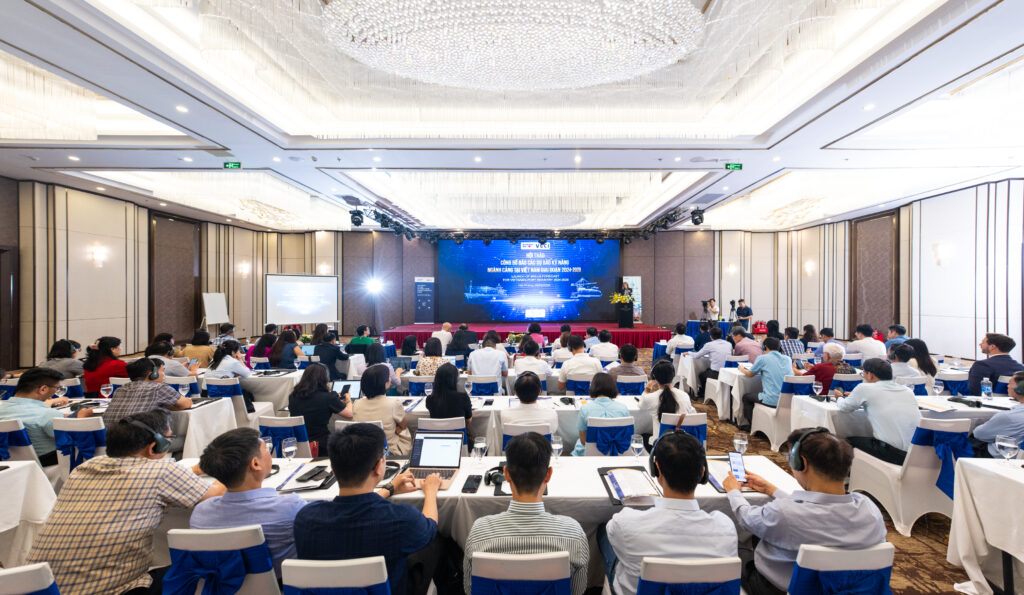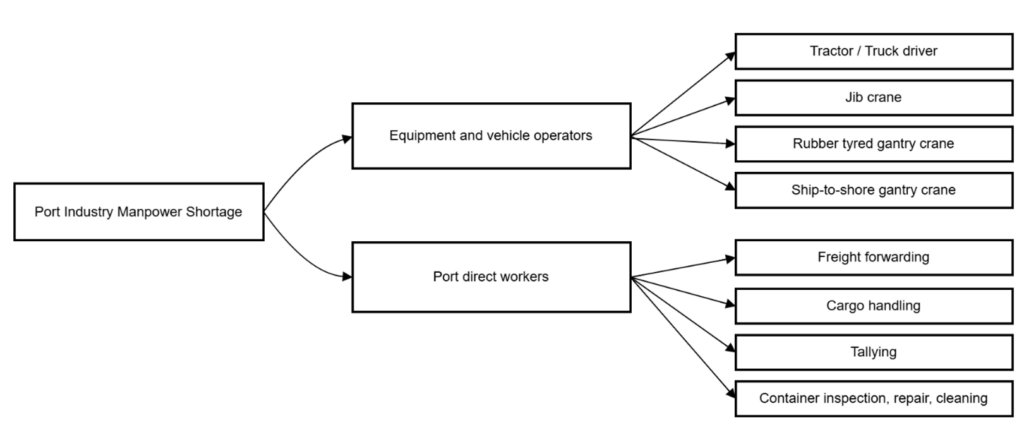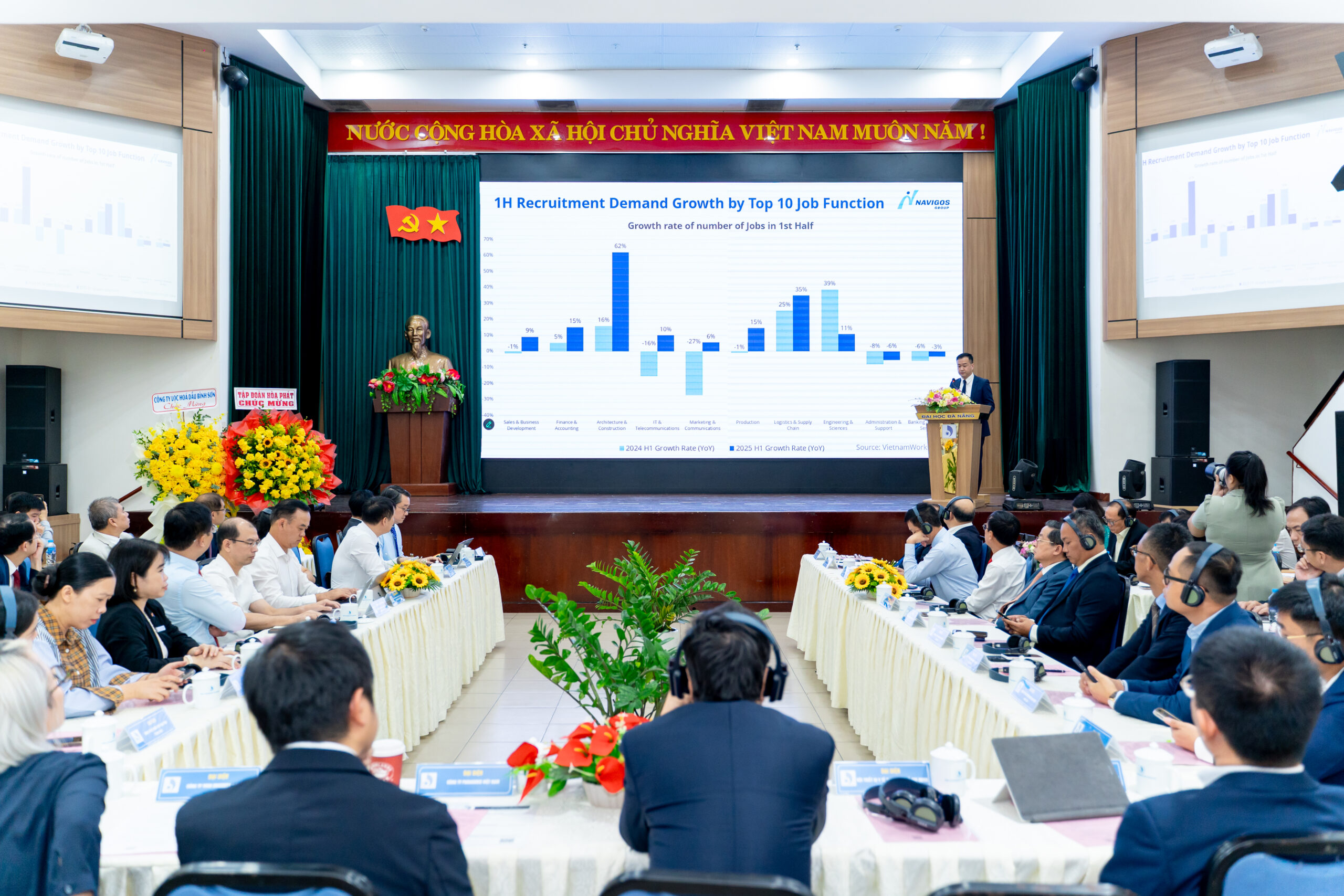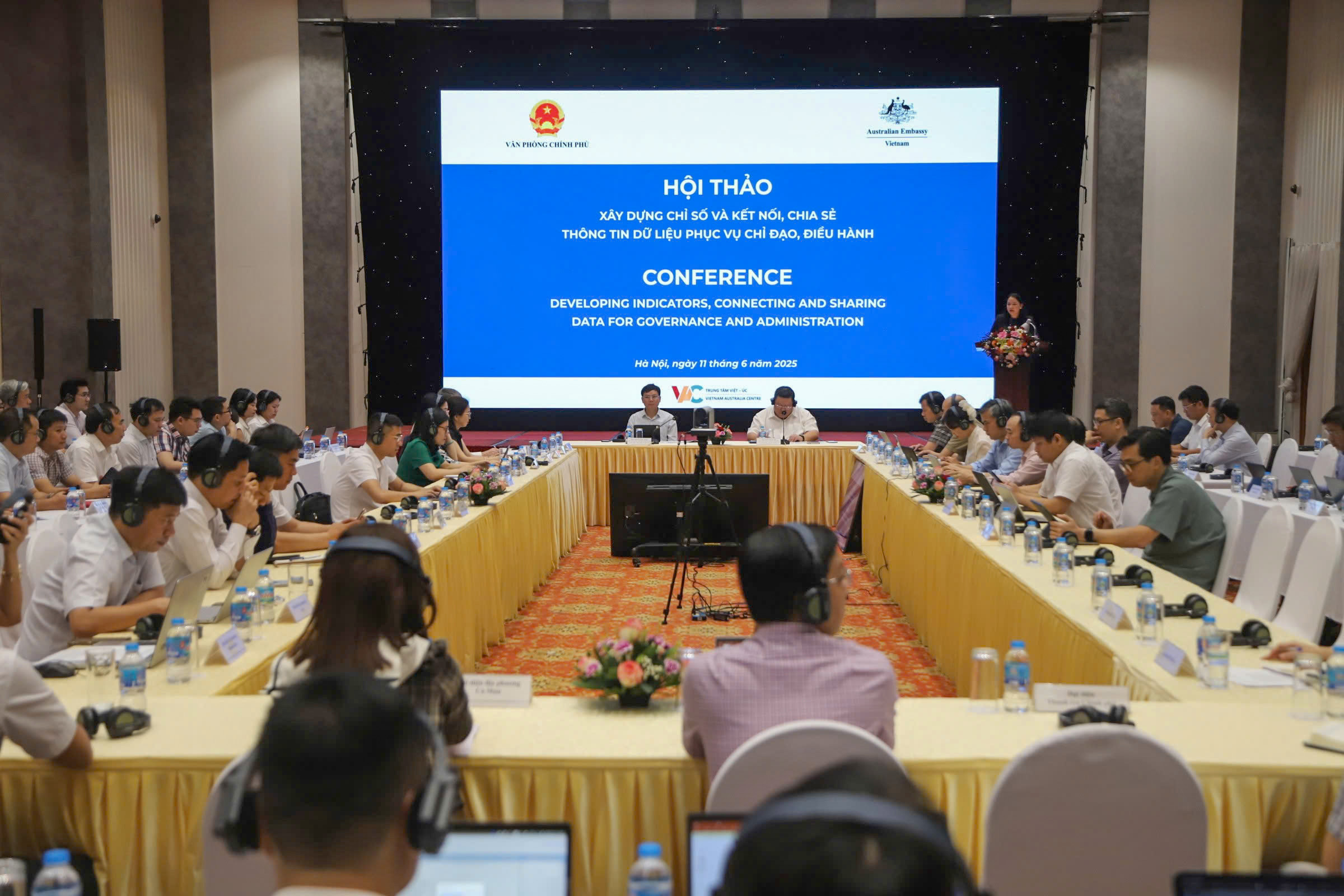Vietnam’s port industry needs more targeted vocational education and training (VET) opportunities to meet skill shortages and fully achieve its significant economic potential. That’s the conclusion of the Industry Skills Forecast Report 2024-2028 on Vietnam’s port industry.
The report provides insights for government stakeholders, businesses and educators on the current future needs of Vietnam’s port industry, to inform workforce planning, policies and programs, guide responses to address skill gaps, and support preparation for emerging technologies. It follows the highly regarded Skills Forecast Report for Vietnam’s logistics industry, the first analysis of its kind.
Officially launched in Hai Phong in June 2024, the report was produced by the Logistics Industry Reference Council (LIRC) with support from the Australian Government through the Aus4Skills program, the Directorate of Vocational Education and Training and the Ho Chi Minh City Branch of Vietnam Chamber of Commerce and Industry (VCCI-HCM).

Key stakeholders joined the launch of the report, including Mr Hoang Minh Cuong, vice chair of Hai Phong City People’s Committee, Ms Nguyen Thi Viet Huong, Deputy Director General of the Directorate of Vocational Education and Training, Ms Julie Hart, First Secretary and Ms Cecilia Brennan, Counsellor Economics from the Australian Embassy in Vietnam.
A lack of experienced candidates, high work pressure and unattractive offers from employers are driving shortages in Vietnam’s port industry, especially for:
- Equipment and vehicle operators: tractor and truck drivers, and crane operators (jibs, rubber tyred gantry cranes, and ship-to-shore gantry cranes)
- Port direct workers: freight forwarders, cargo handlers, tally clerks, and container inspectors.

The report found a number of technical skills gaps for these two worker groups, creating demand for up-skilling and education. In particular, employers are seeking foreign language and digital skills, which many current workers do not possess. Other key skills that are needed by employers include occupational health and safety, port operations, and safe vehicle and operating procedures.

In addition to gaps in technical capabilities, the report also found gaps in essential soft skills. For example, employers are seeking workers who can comply with procedures and occupational safety, show professionalism and integrity, and respect co-workers and supervisors. Skills such as negotiation, multitasking and increasingly, emotional intelligence, are also in shortage.
The report’s findings are consistent with the 2021 ASEAN Vietnam Country Report, which concluded that science, technology, engineering and mathematics, foreign language and critical thinking are not fully incorporated in Vietnam’s VET curricula and market demand for these skills is not yet being met.
Employer demand for soft skills reflects five important trends that are already starting to impact on Vietnam’s port industry:
- Smart ports
- Self-propelled loading equipment
- Green ports
- Robots and automation
- Artificial Intelligence.
The Government of Vietnam has already engaged on these trends, with a goal for Vietnam to be a strong maritime nation by 2028. It was therefore unsurprising that the report found a strong correlation between seaport development trends and human resource development strategies, with most focusing on digitalisation, automation and specialised technology in port facilities.
Despite skill shortages, the future of Vietnam’s port industry is positive, and there are numerous opportunities to address gaps. The report recommended that VET institutions should update or release new training packages to respond to changes in the work environment, while enterprises should increase cooperation with training institutions to share recruitment needs, and knowledge, skill and attitude requirements for specific job roles.
More dynamic engagement between industry and VET providers should enhance graduate quality and relevance, provide more work-based learning opportunities and provide a sustainable solution for labour shortages that are limiting growth in Vietnam’s port industry.
For more information or a detailed summary of the Industry Skills Forecast Report 2024-2028 for Vietnam’s port industry, visit lirc.vn























